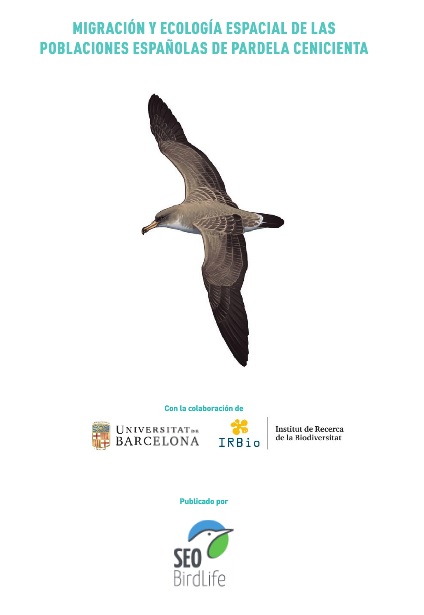A study on the Cory’s shearwater will help protecting new marine areas in international waters
The adult specimens of Cory’s shearwater (Calonectris diomedea) in the Canary Islands travel more than 800 kilometres for days searching for food. In Mediterranean colonies, these marine birds do not fly further than 300 kilometres from their colonies. A study on these movements provides now, for the first time, a detailed information on the movements of the Spanish populations of the shearwaters from the Atlantic and the Mediterranean Sea over the year.
This is the monograph Migración y ecología espacial de las poblaciones españolas de pardela cenicienta, which shows a million locations of these sea birds.
Within the frame of the study, from 2007 to 2015, experts marked 460 shearwaters with GPS and other electronic devices in 13 breeding colonies around different regions of Spain: the Balearic Islands, Castellón, Murcia, Almería, Galicia, Canary Islands and Chafarinas Islands. Overall, a total of more than a million locations provides detailed results about the movements of these birds throughout the year, as well as their at-sea ecology (commuting, feeding and resting areas during their breeding season, behavior in their wintering areas, characterization of their migration corridors that connect breeding with wintering areas). "This is one of the most ambitious studies conducted so far on the movement ecology of bird species in the State using state-of-the-art tracking technologies" says the researcher José Manuel de los Reyes (UB-IRBio), first author of the study.
Professor Jacob González-Solís, researcher at the Department of Evolutionary Biology, Ecology and Environmental Sciences and IRBio, who is responsible for the working group of seabirds that has led this study.
